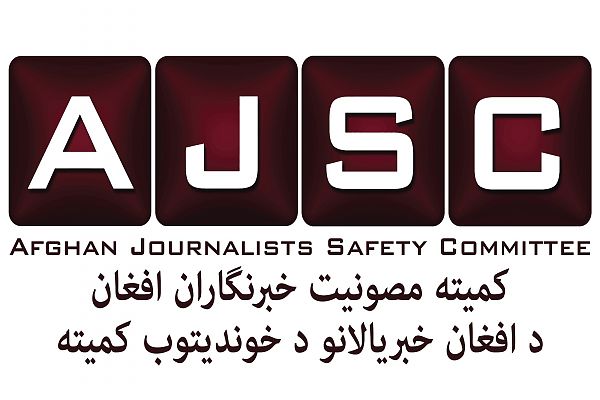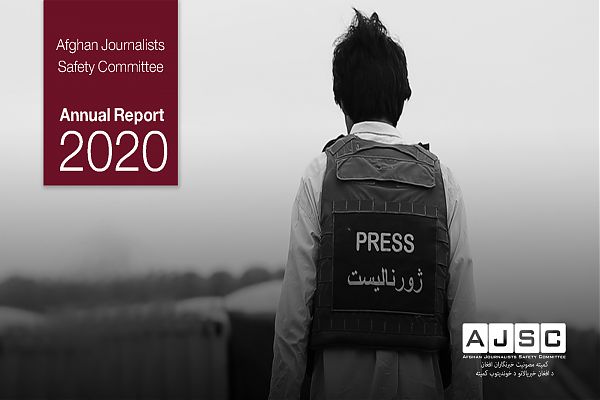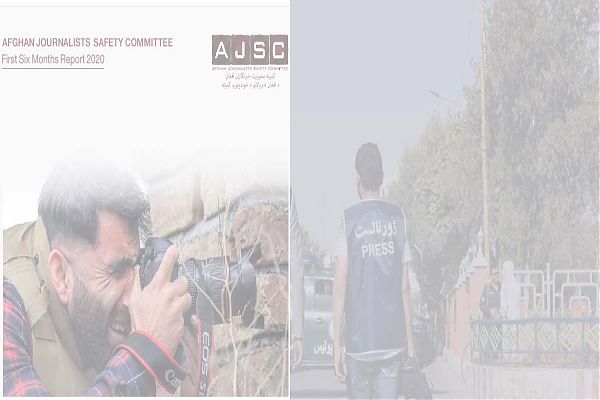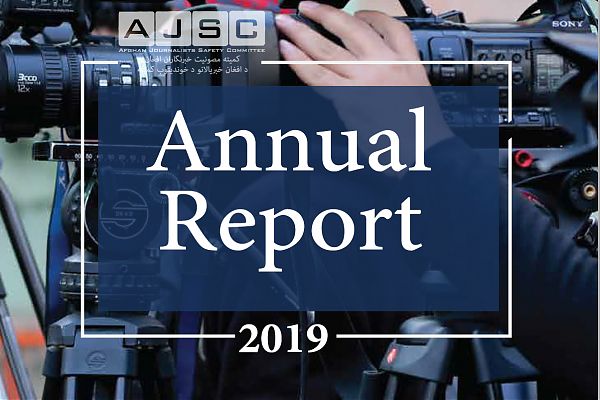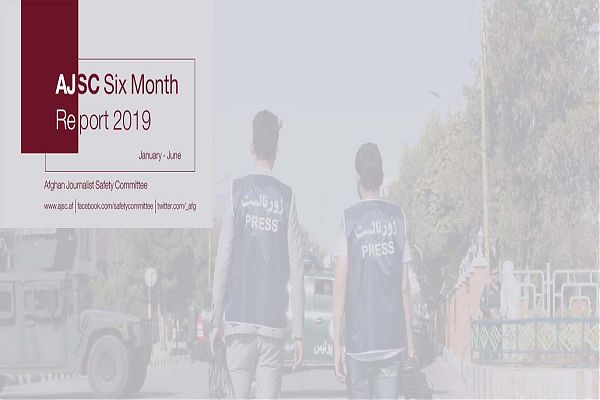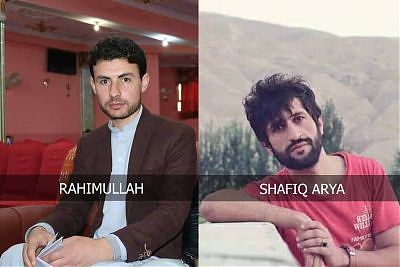In 2018, AJSC has recorded a total of 121 cases of violence against journalists and media workers, including cases of murder, injury, threats, temporary detention, abduction, and many more. 17 journalists and media workers were killed this year, which once again places Afghanistan as the most dangerous country for journalists. In addition to 17 cases of murder, AJSC registered 15 cases of injury, 21 cases of physical assault, 38 cases of threats and intimidation, 23 cases of insults and mistreatment, 1 case of inappropriate expulsion of journalist by a media manager, 5 cases of temporary detention, and 1 case of abduction.
The statistics of violence against journalists in 2018 show a 28% decline compared to 2017, as in 2017, the committee recorded 169 cases of violence against journalists and media workers. Similarly, murder figures show a 15% decrease compared to 2017 in which 20 journalists and media workers were killed. From 17 cases of murder in this year, the Taliban and ISIS have been responsible for 15 cases, the perpetrator of the two other cases of murder are unidentified.
Similar to 2017, ISIS and the Taliban are responsible for the majority of cases of violence, namely 50 cases. Individuals affiliated with the government rank second, as they are responsible for 44 cases of violence. Unidentified individuals come third, as they are responsible for 16 cases of violence. Powerful individuals (warlords, local militia, power brokers) are responsible for 6 cases, and media managers are responsible for 5 cases of mistreatment.
Of 121 cases of violence recorded this year, 11 of them were perpetrated against women journalists and media workers.
In 2018, the majority of cases of violence, which constitute 42 cases, took place in the Kabul zone, which is composed of Kabul, Parwan, Kapisa, and Panjsher. The western zone (Herat, Farah, Badghees, Neemroz, and Ghor), with 22 cases, come second. The least number of cases of violence, 6 cases, occurred in the northern zone (Balkh, Jawzjan, Faryab, and Sare Pul).
One of the most challenging experience occurred in 2018 was the change in the nature of the threats against journalists. The terrorist groups are looking for the chances to target journalists collectively and have proven this on two separate occasions. On April 30, they targeted a crowd of journalists in Shashdarak – Kabul, killing 9 journalists. In another incident on September, two staff of Tolo TV were targeted and murdered. On both occasions, journalists were targeted when they gather at the scene of the first terrorist incident for news coverage.
Although the change in the nature of threats against journalists is a matter of deep concern, the majority of media outlets have not taken proper security measures to protect their offices and staff. Meanwhile, the government has not placed any effort to reduce the vulnerability of journalists covering terrorist incidents and other hostile situations. When it comes to journalists, a large number of them have not learned the safety skills required for their protection. additionally, based on AJSC observation, those journalists who have learned the safety skills and have attended the training programs, do not adhere to the safety measures as well.
In 2018, a total of 34 media outlets stopped operation, and 57 new media outlets were established. The outlets that had to close down their operation belonged to various parts of Afghanistan. 1 was based in the northeastern zone (Baghlan, Kunduz, Takhar, and Badakhshan), 5 in the central zone (Ghazni, Bamyan, Wardak, Daikundi), 4 in the western zone (Heart, Farah, Neemroz, Badghees, and Ghor), 1 in the eastern zone (Nangarhar, Laghman, Kunar), 2 in the northern zone (Balkh, Jawzjan, Sare Pul, Faryab), and 21 media outlets in the zone of Kabul (Kabul, Parwan, Kapisa, and Panjshir provinces). From the newly established media outlets, established in the northeastern zone, 4 in the central zone, 4 in the western zone, 2 in the eastern zone, 1 in the southwestern zone (Kandahar, Helmand, Uruzgan, Zabul), 5 in the northern zone, 4 in the southeastern zone (Khost, Paktia, Paktika), and 32 in the zone of Kabul.
From 34 media outlets no longer active, 4 were TV stations, 10 Radio stations, 18 print media, and 2 digital media. From 57 newly established media, 13 are TV stations, 13 Radio stations, 25 print media, and 6 online media. Access to information remains a challenge to journalism. This challenge, until not fundamentally resolved, affects the quality of information and makes the work of journalists difficult.
Note: To read the full report, click here.

